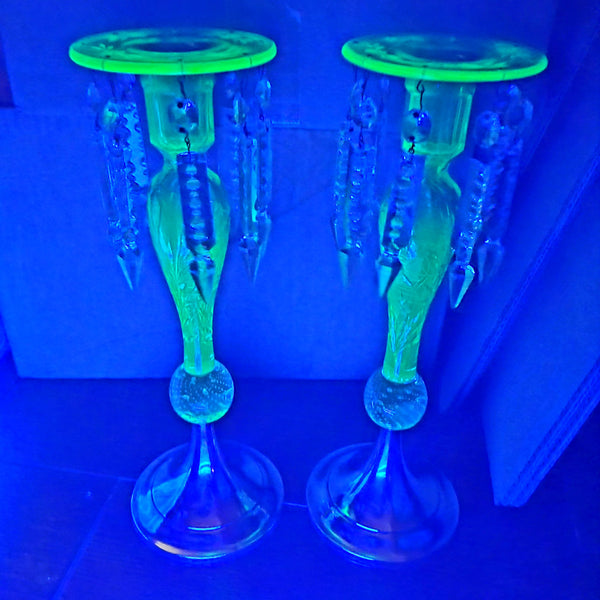The Mystique Behind Mission Swirl Niloak Pottery
On a recent picking excursion I came across a piece of pottery with an interesting history that I wanted to share. This swirled vase of many colors made of clay is rich in wholesome history going back to Benton Arkansas and the Hyten Pottery family. This was the only place Niloak Pottery was ever made. Arlene Hyten Rainey, who is now 100 years old, tells the story best of her family of potters that transformed the craft over several generations.
Arlene Rainey in many editorials recounts her fond memories of what it was like growing up around a pottery factory. Her father, Charles (Bullet) Hyten, was born in Benton Arkansas in 1877. As a boy he was raised by his step father, Frank Woosley, who had worked for his biological father before his death when Bullet was very young. Teaching him the trade he later sold the company to Bullet, at the age of 18, when they decided to move to Ohio. Just a year after owning the company a fire destroyed one of the kilns. With the help of friend he was able to borrow enough money to keep the factory afloat.
In 1909 he built a new shed and began experimenting with the colorful local clay. He found that the beautiful colors in the local clay were burned out during the firing process. He learned how to add color back into the clay to replicate its original color when it was removed from the ground preserving the blues, reds and browns. This was when the true process of making Niloak pottery was perfected and he began production in 1910. The word Niloak is kaolin spelled backwards which is a type of clay. The style that made this factory famous was called “Mission Swirl” for obvious reasons of swirling varying shades of blues, reds, whites, and browns.
We forget that every town during that time had many potters. There was no mechanical means for cooling or preserving food. Civilization relied on potters to make jugs and containers for canning, storing pickles, milk, cream, and the list goes on and on. This swirled pottery grew in popularity despite being expensive at that time. Expanding his factory near a railroad ensured his success with tourist traffic and opportunities for export.
Production thrived during World War I and into the 1920’s. There were as many as 60,000 pieces made per year during the factory’s most productive years. However, the kiln couldn’t survive the Great Depression and closed in 1934. The business was later bought out and pottery produced after 1934 would bear the name Hywood. Very little Niloak was produced after that time.
Niloak pottery can be identified by the different maker’s marks on the bottom of each piece establishing dates of production based on different fonts. Niloak pottery was expensive in its time and was sold by the inch. This pottery's value has stood the test of time and is very sought after still today depending upon the size and the date produced.
The Gann Museum stands today in Benton Arkansas exhibiting Niloak collections where Arlene Rainey volunteered for years. I can't help but wonder if she still volunteers today. How I would love to hear her stories growing up a century ago, a potter's daughter.
2 Responses
Carrie
I have never heard of this Potter before! The color in this piece is beautiful!!!





Kebba Buckley Button
October 16, 2017
Jennifer, what an interesting story. The piece is lovely. I adore the name Niloak, the reverse of kaolin. Thanks also for pointing out that a lot of ceramics were needed back in the day, to hold and preserve food.